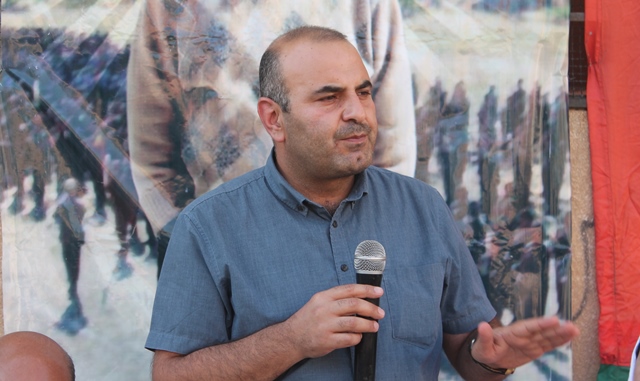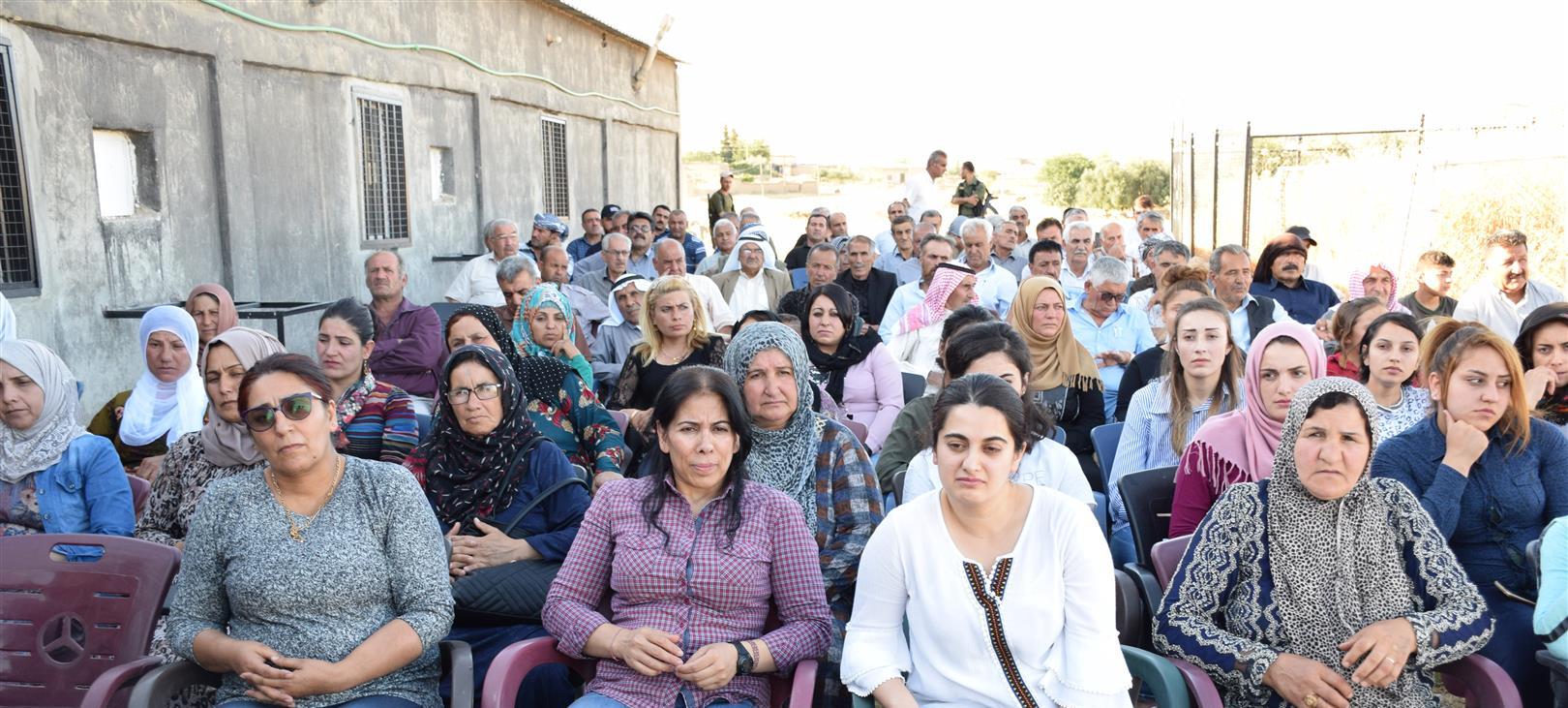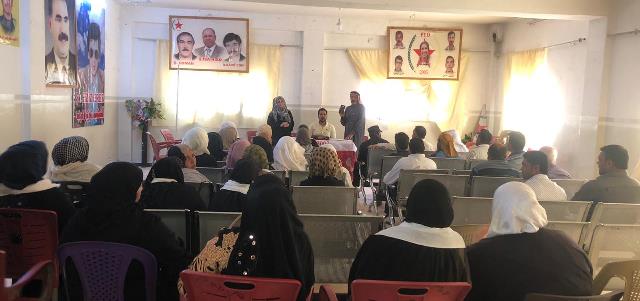
According to Washington Post the Combined Air And Space Operations Center at al-Udeid Air Base in Qatar sits empty after operations were briefly shifted to Shaw Air Force Base in South Carolina.
It is noteworthy that AL-UDEID AIR BASE, Qatar — For 13 years, the United States has used a single building in this tiny Persian Gulf state to command fighter jets, bombers, drones and other Air Force assets in a region that stretches from Northeast Africa through the Middle East to South Asia.
And yet on Saturday, as 300 planes were in the air in key areas such as Syria, Afghanistan and the gulf, hundreds of seats at the Combined Air and Space Operations Center at al-Udeid Air Base in Qatar sat empty.
Instead, the air power of the United States and its allies was being controlled by teams at Shaw Air Force Base in South Carolina — more than 7,000 miles away. Though the move was only temporary — al-Udeid took back control on Sunday after 24 hours — it was a significant tactical shift.
The unannounced operation, which The Washington Post was invited to observe, was the first time U.S. command and control had been moved out of the region since the center was established in Saudi Arabia during the 1991 Persian Gulf War.
Airmen inside the 609th Air Support Squadron’s Shaw Air Operations Center at Shaw Air Force Base prepare for the transition. (Tech. Sgt. Matthew Rosine/U.S. Air Force)
While Air Force commanders say moving functions to a different base was a long-held ambition enabled by new technology, it comes amid renewed tension with Iran, a country that lies only a couple hundred miles across the Persian Gulf from al-Udeid.
“The functions that the CAOC provides for air power are so critical and so essential that we can’t afford to have a single point of failure,” said Maj. Gen. B. Chance Saltzman, using an acronym for the center.
Air Force officials said recent incidents involving Iran helped add urgency to the project. Iran shot down a U.S. surveillance drone in June; this month, key oil facilities in Saudi Arabia suffered a devastating surprise attack with what appeared to be Iranian-supplied weapons.
The USS Whirlwind is deployed with the U.S. Navy’s Fifth Fleet in Bahrain. Ships like this one often come close to Iranian vessels in the Persian Gulf.
“Iran has indicated multiple times through multiple sources their intent to attack U.S. forces,” said Col. Frederick Coleman, commander of the 609th Air and Space Operations Center.
“Frankly, as the war against ISIS winds down and as we continue to work through a potential peace process in Afghanistan, the region is calming down and potentially more stable than it has been in decades,” he said. “Except for Iran.”
Analysts say that if a conflict with Iran were to break out, it’s likely that the combined air and space operations center at al-Udeid could be targeted and that there is little guarantee that it could be defended.
But the combination of resurgent risks and new technology is leading the United States to reconsider how much of its operations need to be based abroad.






